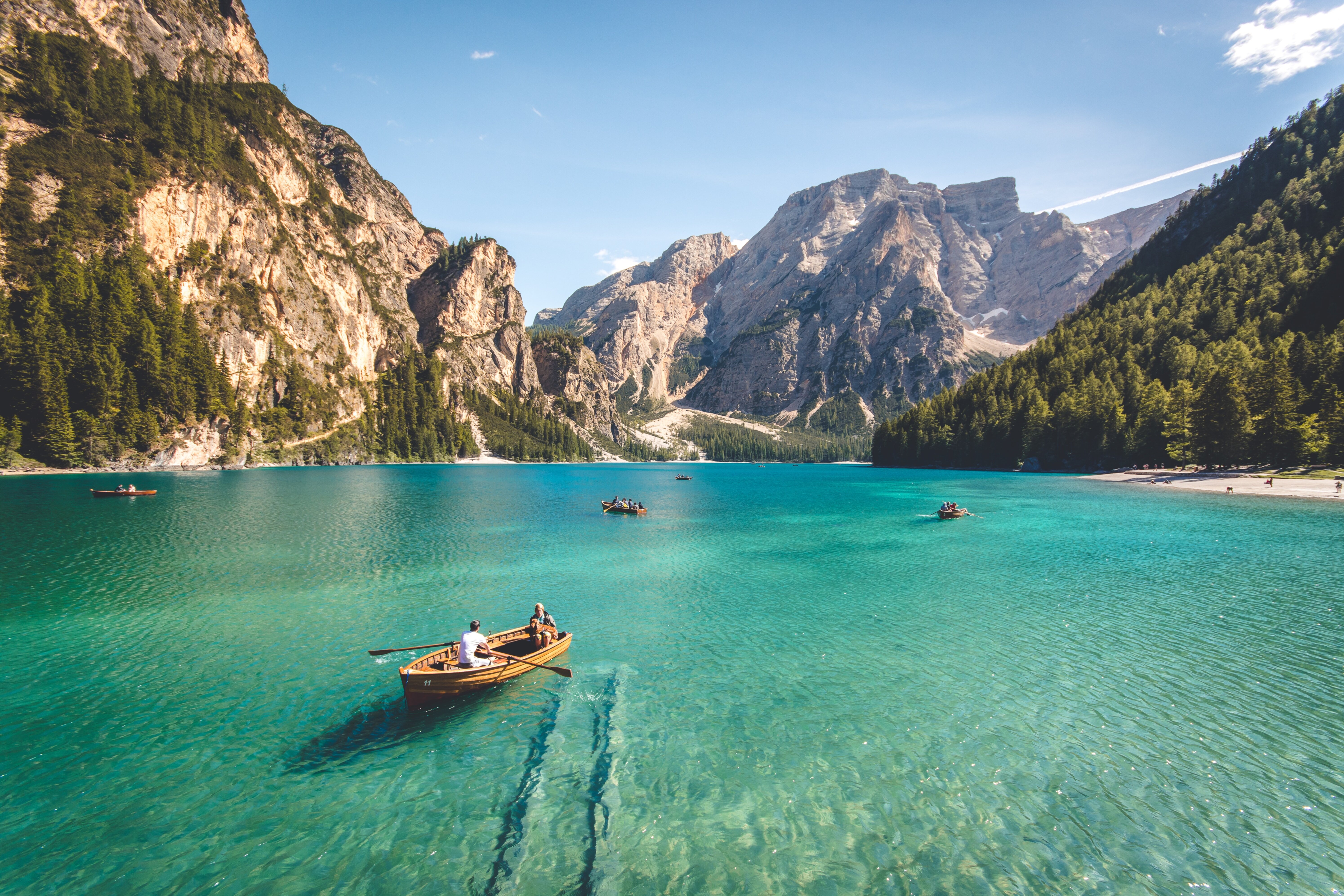Travel Photo Cartoons Redefine Dating Profile Impression

I’ve been spending a good amount of time lately observing the digital signaling mechanisms people employ in their online dating profiles, specifically focusing on the visual assets they select. It strikes me as a fascinating, if somewhat chaotic, microcosm of modern self-presentation. We all know the standard fare: the slightly blurry sunset shot, the obligatory picture holding a large fish, or the group photo where one has to squint to identify the actual profile owner. These visuals are supposed to convey aspiration, capability, and approachability, yet they often fall flat due to over-familiarity.
What has recently caught my attention, however, is a curious deviation from this established visual grammar: the strategic insertion of travel photo cartoons. These aren't just simple filters; I’m talking about stylized, often hand-drawn or digitally rendered interpretations of famous travel snapshots—a cartoon version of standing atop Machu Picchu or sipping coffee in a specific Parisian café. Why would someone substitute an authentic, high-resolution photograph of themselves at a location with a simplified, artistic rendering of that same moment? It seems counterintuitive to the stated goal of authentic connection, so I started mapping out the potential communicative functions of this substitution.
Let's consider the cognitive load reduction inherent in this choice. A standard travel photo, especially a good one, demands processing: assessing lighting, judging the authenticity of the smile, confirming the location's plausibility, and filtering out background distractions. A well-executed travel cartoon, conversely, acts as an immediate, high-signal shorthand. It communicates "I value travel and have been to this place" without the attendant baggage of photographic realism or the potential awkwardness of a posed selfie. I suspect the underlying mechanism here relates to avoiding the uncanny valley of over-polished dating photography, which often raises suspicion about authenticity.
Furthermore, the choice of cartoon style itself becomes a secondary layer of signaling, almost like selecting a specific font for an academic paper. A minimalist, line-art representation suggests a certain intellectual restraint, perhaps signaling an appreciation for design principles over mere spectacle. If the cartoon is vibrant and slightly whimsical, it might be suggesting a playful, less serious disposition, deliberately contrasting with the often severe seriousness of professional-grade travel photography. I’ve also noted that these cartoons often appear alongside *actual* photos, suggesting they function not as replacements for personal representation, but as thematic anchors for the profile’s narrative structure. They are visual footnotes confirming an experience without demanding the viewer spend too much analytical energy on the veracity of the original moment captured. This seems to be an attempt to signal cultural capital—the knowledge of *where* to go—in a manner that feels less boastful than a direct, perfectly framed image might feel.
The engineering challenge here, from a social interaction standpoint, is how effectively this abstraction translates into real-world interest. Does the cartoon provoke curiosity sufficient to initiate contact, or does it register as evasion? My initial hypothesis leans toward the former, as deviation from the norm forces a second look, which is the primary objective in the saturated digital dating environment. It bypasses the visual fatigue associated with predictable imagery. Think of it as compressing a complex metadata tag—"Adventurous, Cultured, Self-Aware"—into a single, easily digestible visual icon that doesn't require the viewer to judge the subject's current physical appearance based on a three-year-old vacation snapshot. It’s a fascinating pivot from literal documentation toward symbolic representation in personal advertising.
More Posts from itraveledthere.io:
- →Advanced AI Techniques for Converting Motion-Blurred Photos into Sharp Images A Technical Deep-Dive
- →The Evolution of AI Family Portrait Generators A 2024 Perspective
- →7 AI-Powered Tools for Transforming Travel Photos into Painterly Masterpieces
- →How to Use iPhone's Clean Up Tool to Remove People from Photos A Step-by-Step Guide for iOS 18
- →The Rise of AI-Generated Headshots A Cost-Effective Alternative to Traditional Portrait Photography in 2024
- →7 Emerging Trends in AI-Powered Photo Collage Generators for 2024